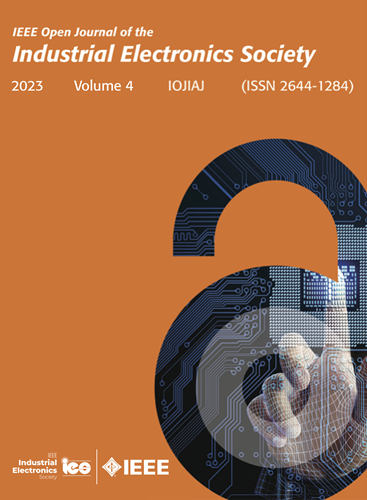基于双层模糊映射的电氢混合储能系统动态功率分配策略
IF 7.2
1区 工程技术
Q1 AUTOMATION & CONTROL SYSTEMS
引用次数: 0
摘要
将氢储能系统集成到传统的铅酸电池-超级电容器储能架构中,可以显著提高能量密度,便于长期储电。电-氢混合储能系统动态功率分配的主要挑战在于在短控制周期内考虑多个储能装置的不同特性。针对这一问题,本文提出了一种基于双层模糊映射机制的EHESS动态功率分配策略。考虑到铅酸电池和储氢电池的寿命和安全性,将荷电状态(SOC)和储氢状态(SOHS)映射为统一的EHESS状态。然后,根据能量转换效率对SOHS进行动态调整。最后,根据映射的EHESS状态设计自适应下垂系数,以实现具有高能量转换效率的安全功率分配。通过实际的EHESS硬件实验装置验证了该方法的有效性。本文章由计算机程序翻译,如有差异,请以英文原文为准。
Dual-Layer Fuzzy Mapping-Based Dynamic Power Allocation Strategy for Electric-Hydrogen Hybrid Energy Storage System
Integrating a hydrogen energy storage system into the traditional lead-acid battery-supercapacitor energy storage architecture can significantly enhance the energy density and facilitate long-term electricity storage. The main challenge of dynamic power allocation for an electric-hydrogen hybrid energy storage system (EHESS) lies in considering the different characteristics of multiple energy storage devices within a short control period. To address this issue, this article proposes a dynamic power allocation strategy based on a dual-layer fuzzy mapping mechanism for EHESS. The state of charge (SOC) and state of hydrogen storage (SOHS) are mapped to a uniform EHESS state, considering the lifespan and safety of lead-acid battery and hydrogen storage. Subsequently, the SOHS is dynamically adjusted based on energy conversion efficiency. Finally, adaptive droop coefficients are designed based on the mapped EHESS states to achieve safe power distribution with high energy conversion efficiency. The effectiveness of the proposed method is validated using an actual EHESS hardware experimental setup.
求助全文
通过发布文献求助,成功后即可免费获取论文全文。
去求助
来源期刊

IEEE Transactions on Industrial Electronics
工程技术-工程:电子与电气
CiteScore
16.80
自引率
9.10%
发文量
1396
审稿时长
6.3 months
期刊介绍:
Journal Name: IEEE Transactions on Industrial Electronics
Publication Frequency: Monthly
Scope:
The scope of IEEE Transactions on Industrial Electronics encompasses the following areas:
Applications of electronics, controls, and communications in industrial and manufacturing systems and processes.
Power electronics and drive control techniques.
System control and signal processing.
Fault detection and diagnosis.
Power systems.
Instrumentation, measurement, and testing.
Modeling and simulation.
Motion control.
Robotics.
Sensors and actuators.
Implementation of neural networks, fuzzy logic, and artificial intelligence in industrial systems.
Factory automation.
Communication and computer networks.
 求助内容:
求助内容: 应助结果提醒方式:
应助结果提醒方式:


